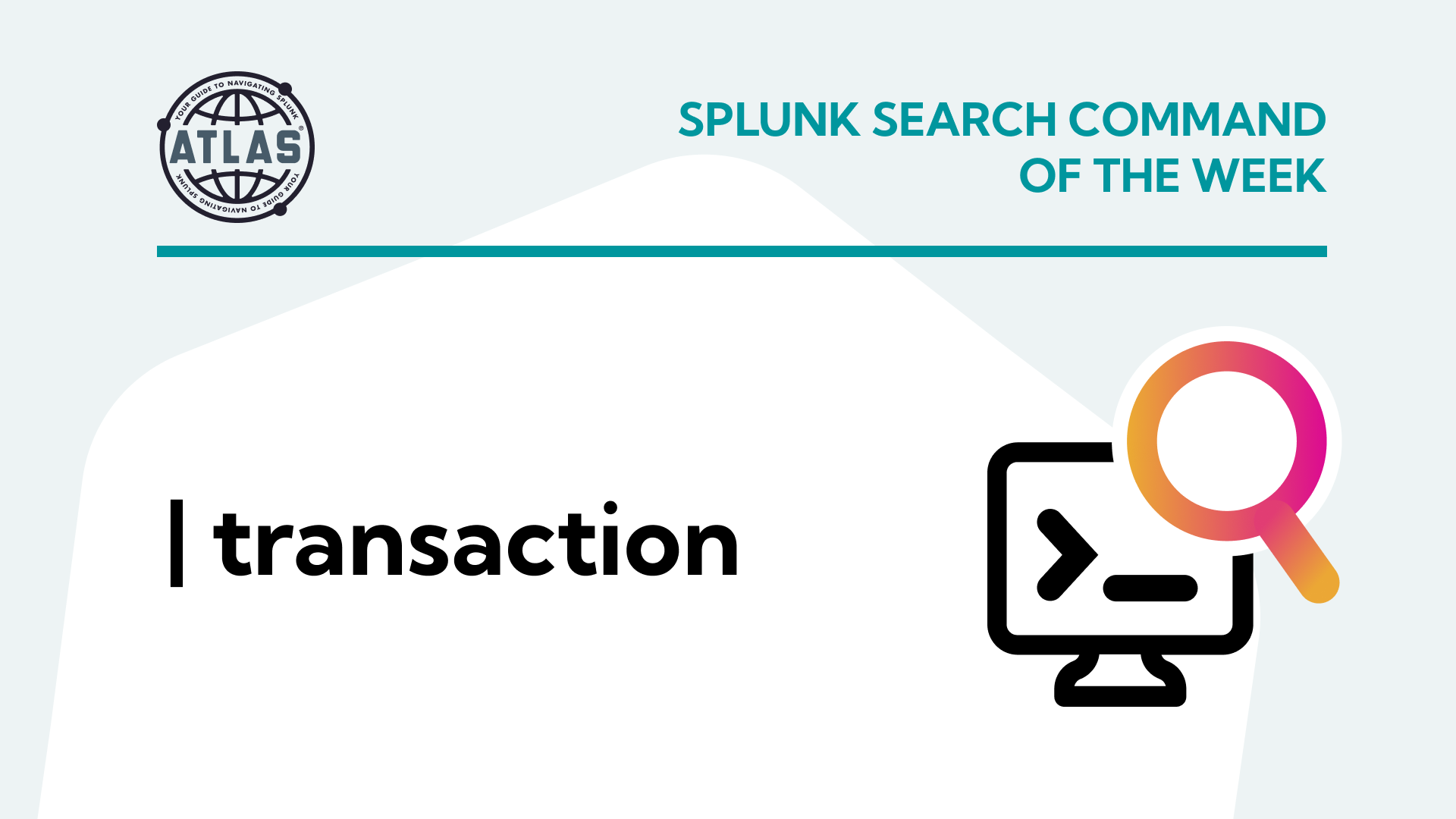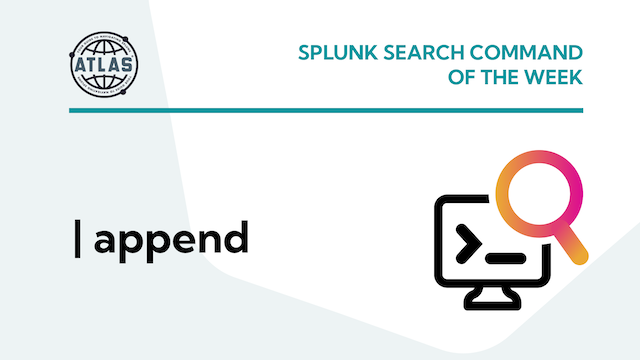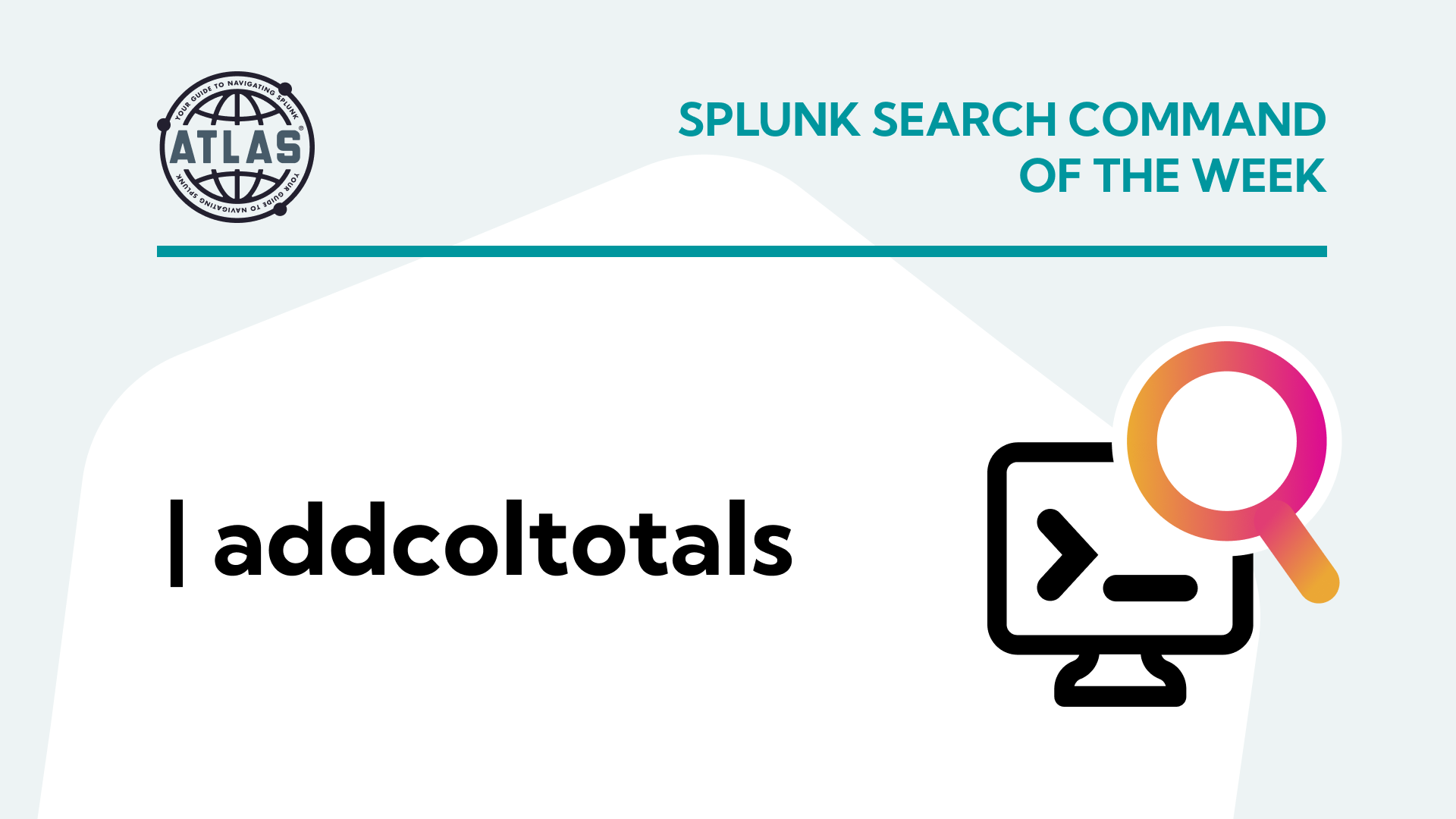What if there was a tool you could use to automate the time-consuming and nearly impossible parts of your job as a Splunk administrator? There is, and it’s called the Splunk Machine Learning Tool Kit (MLTK). It can predict analytics, identify patterns in your data, and even detect abnormalities in your data.
In this post, we cover how MLTK works and how you can use the power of artificial intelligence to work more efficiently.
What is the Splunk Machine Learning Tool Kit?
The Splunk Machine Learning Tool Kit (MLTK) is an app that lets Splunk creators deploy SPL commands and custom visualizations that explore and analyze data using machine learning technology.
MLTK is available for both Splunk Enterprise and Splunk Cloud Platform on Splunkbase.
There are three main features of the Splunk MLTK app:
-
- Anomaly Detection: By analyzing your past data, Splunk’s machine learning tool can automatically detect abnormalities within your current and future data.
- Predictive Analytics: Predicting events and transactions is made simple with MLTK so you can make informed decisions in real-time.
- Data Clustering: Clustering data into groups allows MLTK to identify patterns in your data that humans might miss.
How does the Splunk Machine Learning Tool Kit Work?
In order to work efficiently, the Splunk MLTK app must learn information and then provide that knowledge to the end user. Although the process for how MLTK works is not cut and dry, it can be generally outlined like this:
Step 1: The MLTK collects data
Step 2: The MLTK transforms the data into actionable intelligence
Step 3: The MLTK explores and visualizes that data in the proper context
Step 4: The MLTK models the data
Step 5: The MLTK evaluates the data
Step 6: The MLTK deploys the data
The great thing about the MLTK is that you’re not alone when using it. The Assistants are tools within the MLTK that walk you through the tools and features you’ll need when preparing, building, validating, and deploying models.
Machine Learning & Data Science
The gist of machine learning is to provide systems with the ability to learn. That is, we give the system’s algorithms to start with, and they can adapt based upon data, make classifications, and make decisions with little to no human intervention.
The Splunk Machine Learning Toolkit
The MLTK is a Splunk app, which is free by the way, that helps to create, validate, manage, and most importantly, operationalize, machine learning models. The MLTK includes a variety of algorithms including several hundred from the Python for Scientific Computing Library, that give the power to try different algorithms to find the right insights for your data.
Two Example Scenarios
- Resource Management: When we’ll need more capacity
- Systems breaking: Identify the items that are indicative of forthcoming system failures
Looking Forward with Splunk MLTK
We are in a new day and age of IT Operations, where many manual processes can start to be automated with the help of these tools. Putting the power of Splunk’s MLTK into the hands of your IT Operations personnel can empower them to begin a transition to a more automated approach to their everyday work. Such as, being able to investigate and troubleshoot a problem before you even see the effects of what may be going on. This approach is not mainstream—and may be daunting to some—but now is the time to get a grasp on the next generation of IT Operations.
Want to know what Splunk MLTK do for you and your organization? You can actually get access to Kinney Group’s deep bench of Splunk experts, on demand. Check out our Expertise on Demand for Splunk service offering for more information on our various packages and let us know how we can help unleash the power of Splunk.
Visit www.kinneygroup.com/contact-us or call us at (317) 721-0500.




